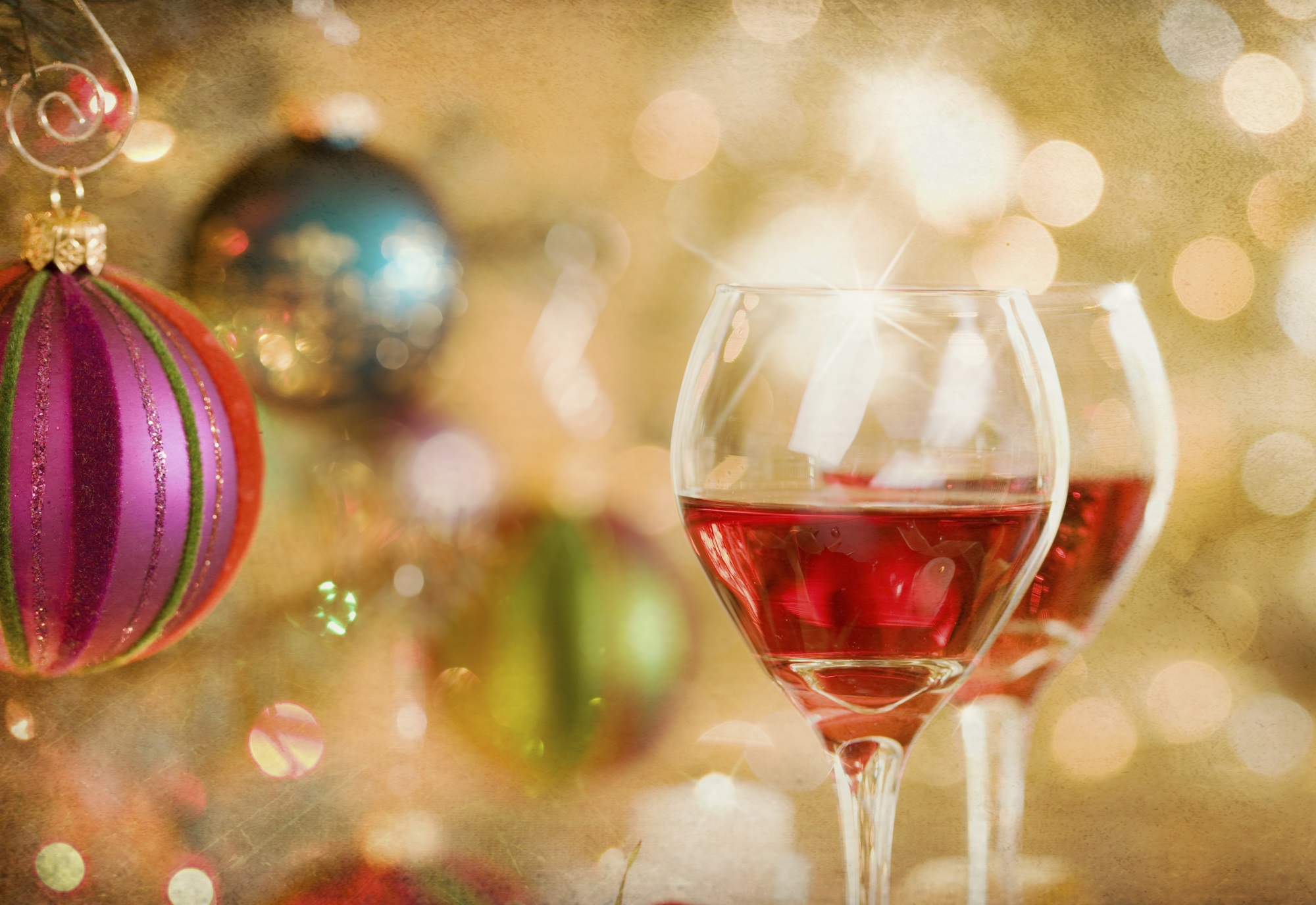
I’m sometimes asked if I feel we’ve reached “peak rosé” - whether the wave of interest in this wine style has reached its crest and begun to taper off.

My answer would be that while I am aware of one or two winemakers easing production back slightly, there are yet more producers bringing rosé to market so volumes, if anything, must be continuing to increase.
Without a doubt, rosé is now thoroughly mainstream and is here to stay. If I look back 15 years to a wine store I once worked for, it was certainly the case that whatever bottles of rosé you had on your shelves on April 1 were still there come October; it was a summer drink pure and simple.
Nowadays rosé is a year-round category that continues to eat into the market share of sauvignon blanc and pinot gris.
Rosé has grown up and become more serious. Mimicking overseas trends, the colour has often moved to paler salmon and onion skin hues (though this is down to the individual producer) and the wines are generally drier, which makes them more food-friendly. Sweeter versions still exist but this is often expressed in fruit, rather than overt sweetness.
I’m not being sexist when I say the image of rosé in years gone by was linked to groups of women getting together for a chat and to solve the troubles of the world with a glass in hand.
Now we have women and men of all ages, who once they’ve solved the world’s problems, look to rosé as an accompaniment to food as well as friends.

With (hopefully) warmer weather to come people do tend to shift from “heavier” wines, and with many grapes for this wine style picked early to retain acidity, they can be a surprisingly good foil even for dishes such as poultry or barbecue sausages where that acidity can cut through the richness. They are also equally at home with salads and vegetarian cuisine.
As for the traditional Christmas roast, well, there are any number of local methode traditionelle rosé wines, along with rosé Champagnes, that would have the stuffing for the job.
It may be fanciful thinking on my part but I feel that rosé is the wine world’s great leveller. It doesn’t come with any pretensions, it’s all about the pleasure and the moment, and if frivolity is needed, well it can do that pretty well too!
Here are three delicious new Central examples if you are keen to support local.
2023 Coal Pit
Central Otago Rosé

Price: $38
Rating: Excellent
Cream, hard candy, gum, red fruits, subtle at first but builds to be bright and engaging.
Red berries with a dash of cream, a zesty quality underpinned by the fruit richness.
Delightfully cooling, dry close that leaves you salivating.
Grows with aeration, super flavour intensity here, yet retaining that zesty freshness.
Pair with a salmon steak or equally by itself.
2023 Misha’s Vineyard
The Soloist Pinot Rosé

Price: $30
Rating: Excellent to outstanding
Some darker fruits at first, hard candy, dried strawberry, ripe peach and attractive savoury nuances.
Just brimming with flavour, powerfully expressed, the sweet fruit aspects of hard candy yet closing nicely dry.
Savoury touches, building creamy texture, layers of flavour begin to unfurl, super balance, complexity, just a lot to like here.
2023 Rockburn Stolen Kiss
Central Otago Rosé

Rating: Excellent
Flecks of wildness at first quickly shift to strawberries and cream, wine gums and spices; quite bold.
Textural richness, sweetly fruited yet racy acidity to keep it all in balance with a just off-dry close.
The fruit swells as it opens, building flavour depth.
Later, that deft balance between fruit sweetness and real tanginess is more evident and draws me to its charms.
Seasons - By Alison Lambert - Available for purchase now!

The Otago Daily Times and Alison have collaborated to bring you her first cookbook – Seasons.
This book is the ultimate year-round cookbook. Seasons is filled with versatile recipes designed to inspire creativity in the kitchen, offering plenty of ideas for delicious accompaniments and standout dishes that highlight the best of what each season has to offer.
$49.99 each. Purchase here.
$44.99 for ODT subscribers. Get your discount code here.












